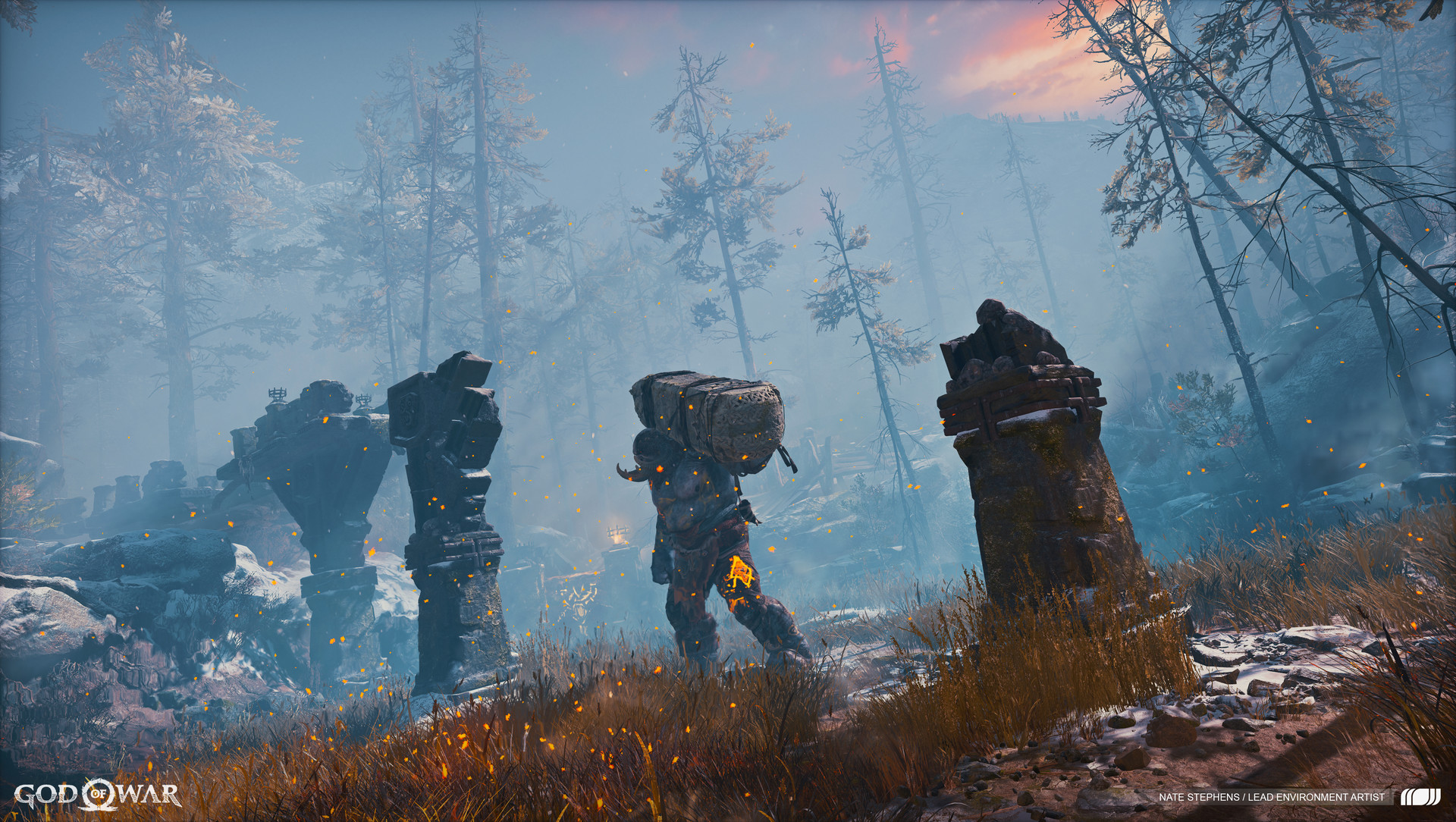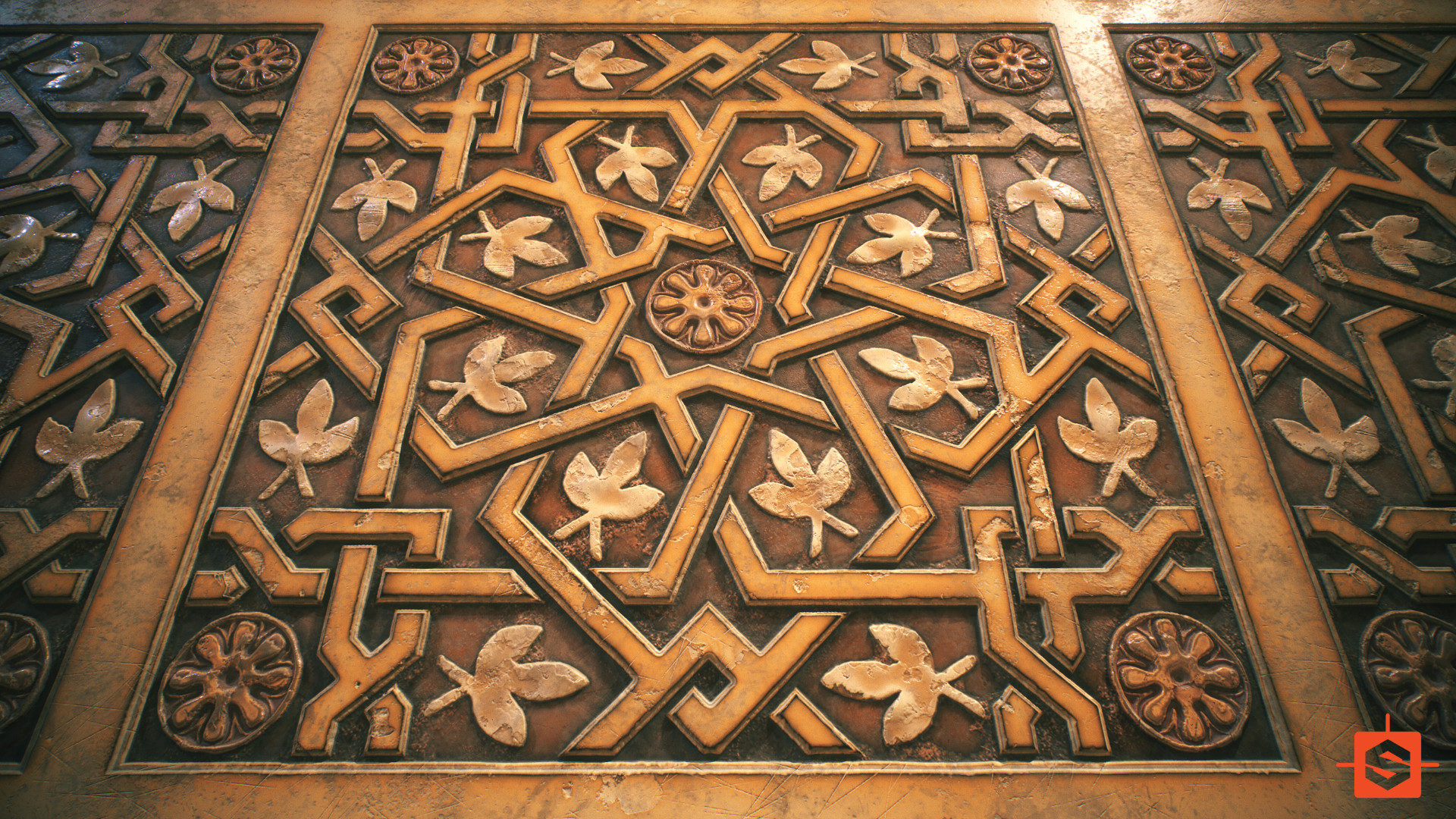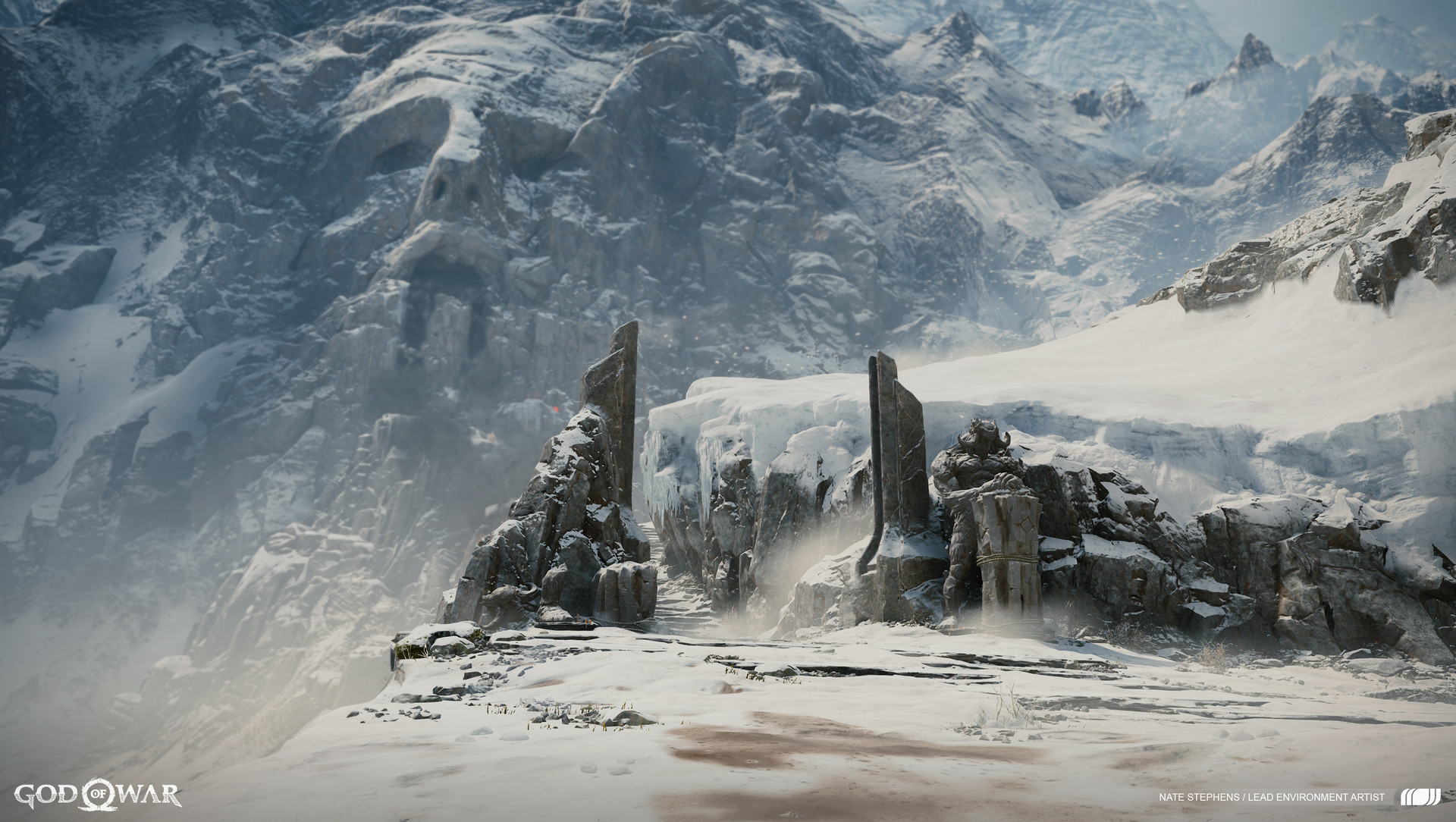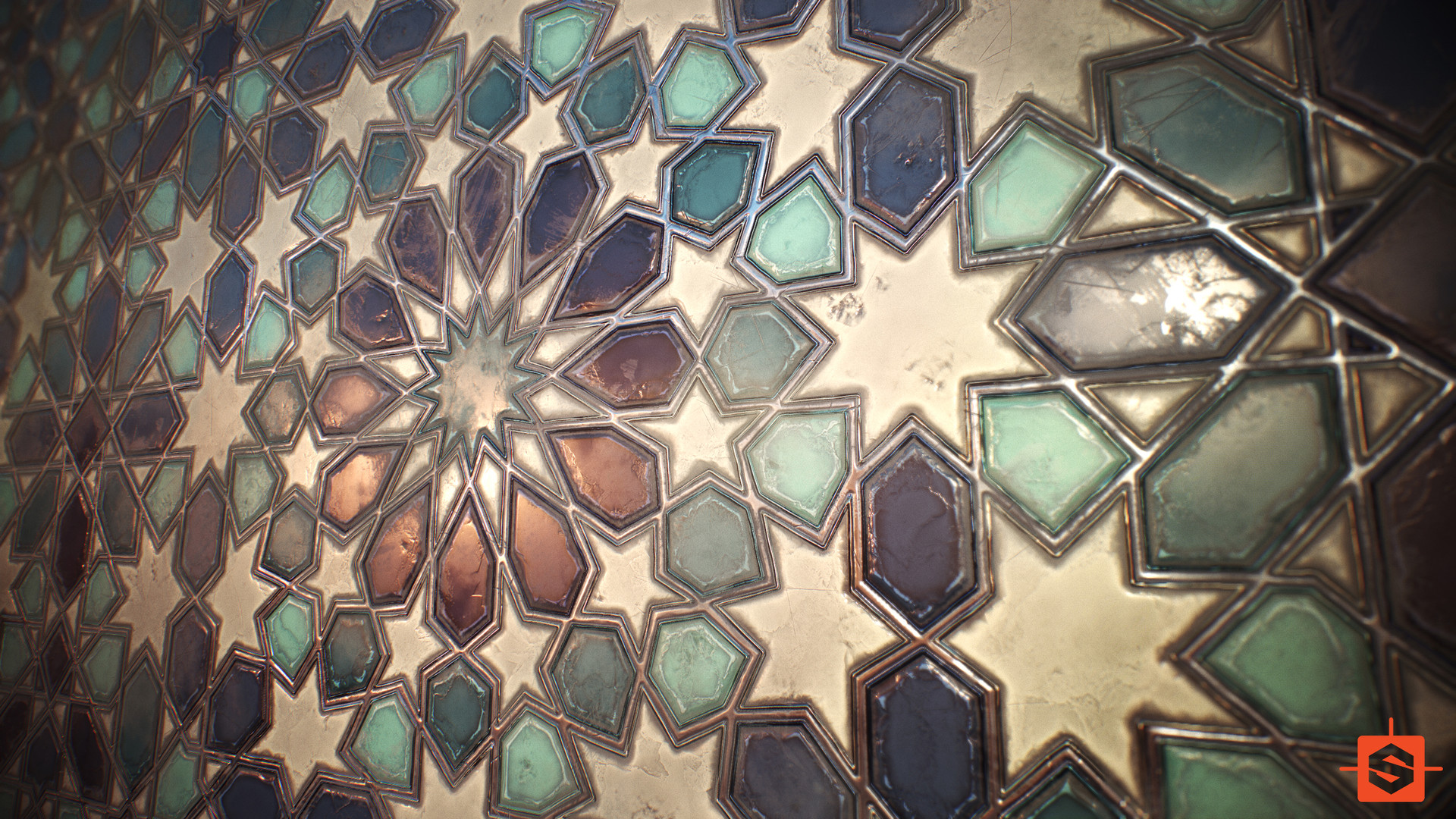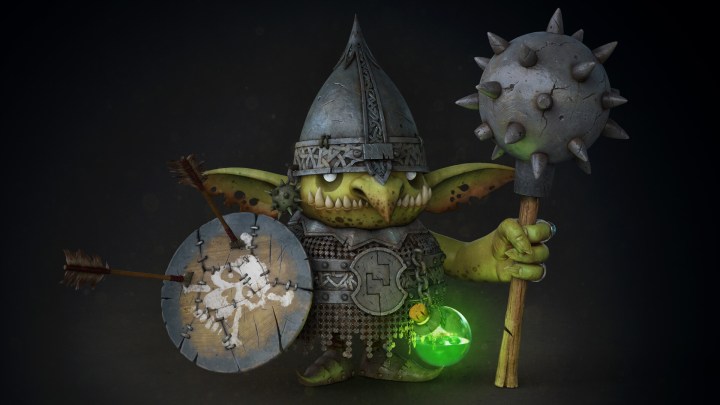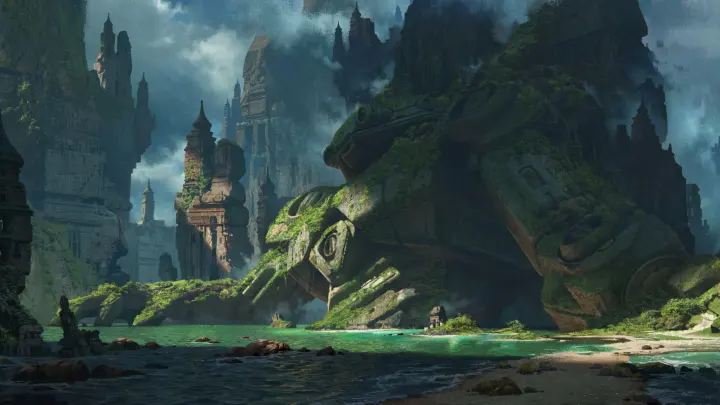ArtStation Masterclasses 2 Spotlight: Nate Stephens
The ArtStation Masterclasses 2 – Games Edition start this Monday, August 6th. Buy your ticket and get ready to learn from senior industry professionals on how to improve your skills and step up your game!
Nate Stephens has been working in the video game industry over the past 18 years alongside some of the biggest studios such as Blizzard Entertainment, Respawn Entertainment, Cryptic Studios, and Playstation Santa Monica Studio. Nate has been a driving force behind many AAA titles, as is shown by his work on City of Heroes, God of War 2, God of War 3, Titanfall, and the latest God of War for the Playstation 4. A true generalist and expert in many disciplines, Nate has done everything from designing, building, and lighting entire game levels, to leading teams that set the bar for fidelity and quality in today’s games. Currently, Nate is a Principal Artist at Playstation Santa Monica Studio, and leads the Environment Art, Lighting, and Breakables teams. Nate also loves to teach, and is an instructor at the Gnomon School of Visual Effects in Hollywood where he instructs the Environment Art for Games class. Additionally, Nate has produced videos for the Gnomon Workshop that cover modeling and sculpting in Zbrush and Maya.
Masterclass – Creating Complex Designs and Patterns using Substance Designer and Zbrush
In this Masterclass, Nate will walk through the creation of a complex decorative medallion asset using *Substance Designer, Zbrush, Maya, and Marmoset Toolbag. Starting in Substance Designer, complex shapes will be formed and explored, leveraging the flexibility and experimental power of the software. Once a template network has been setup, and a base heightmap has been designed, he will then move to Zbrush to finalize the sculpting. Multiple techniques and workflows will be explored in Zbrush to finish the model, and then begin the retopology process. The asset will then move to Maya 2018 for additional retopology and UV creation. Finally, he will import everything into Marmoset Toolbag 3 to bake texture maps, and setup a lighting rig that can be used for finalizing material work. Additionally, Nate will discuss the benefits of this modular workflow, Substance Designer network reuse, texel density, and lighting theory that can help all artists present their work in a professional manner.
*Thanks to the awesome folks at Allegorithmic, all ArtStation Masterclasses students will receive a 20% discount code applicable to purchases of Substance Painter and Substance Designer perpetual Indie licenses.
Can you tell us a bit about your career path and your current role as Principal Artist at Santa Monica Studio?.
I started out in 2001 at Cryptic Studios working on a game that eventually became City of Heroes and City of Villains. I think I was the second Environment Artist that they hired, so it was a brand new studio and we worked in an old crack house in a pretty sketchy area of San Jose. I was there for about 4 years and saw us grow from that initial location to an actual game company in a fancy office. It was really cool, and I learned a ton about what it takes to make games, not only from the development side but also how to survive a startup and all that craziness. From there I went to Swingin’ Ape Studios, where I worked on Starcraft Ghost as an Environment Artist. Eventually, Blizzard bought the company and for a time I worked for Blizzard Console until I was lured away to work on God of War 2. That started my first stint at Sony PlayStation’s Santa Monica Studio. There I worked as an artist on God of War 2, God of War 3, and was the Lead Environment artist on God of War Ascension for the beginning of that project. I left Sony midway through God of War Ascension and decided to try my hand working at another startup that became Respawn Entertainment. There I worked on Titanfall until I eventually decided to return to PlayStation to work on a reboot of God of War, which we just shipped on April 20th! As a Principal Artist on God of War, I was responsible for leading the Environment Art, Lighting, and Destruction teams.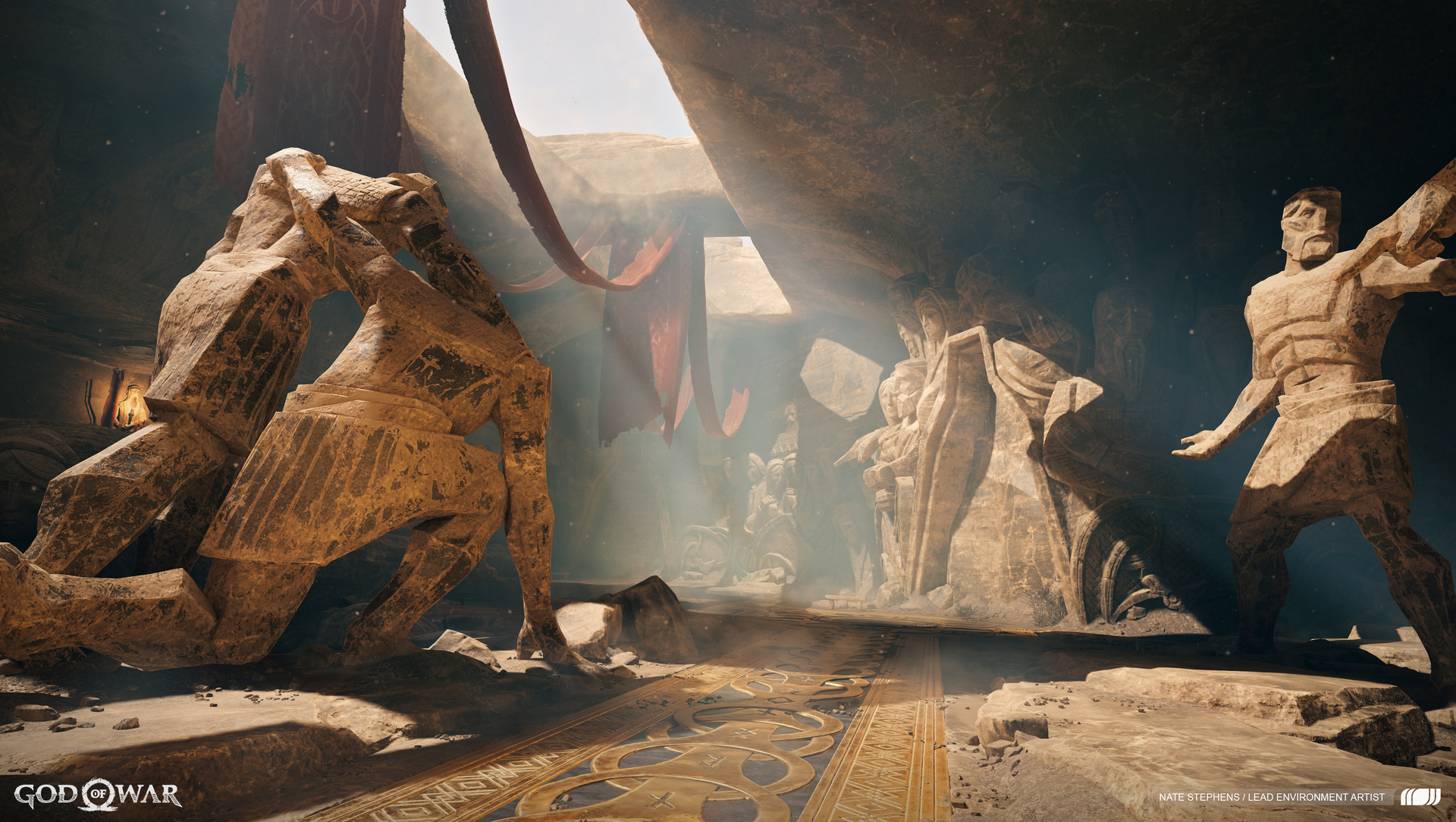
What/who would you say are your biggest influences and how have they shaped your career?
There have been so many people that I have learned from and helped me develop not only an artist, but also as a game developer. But 3 people really come to mind when I look back on my personal development during my game career. The first is Chris Sutton, who currently is an Art Director at Respawn Entertainment on the new Star Wars game. He helped me get my first job, and we worked together at Cryptic Studios as well as Santa Monica Studio for over a decade. We actually grew up together, and so due to our friendship outside of work, he has always been able to give me good guidance and advice. The second person who I consider a big influence is Stig Asmussen. He was my Art Director on the early God of War games and Creative Director on God of War 3. From Stig, I learned how to be decisive, and get results out of people without rubbing them the wrong way. Stig is very thorough and organized and clears the way for people to be successful and feel like they have ownership on whatever they were working on. I really liked that and have tried to emulate it as a Lead and Principal artist. Finally, my Father, who is the biggest gamer that I know. Growing up I was encouraged and able to play lots of games, and without that experience, I doubt that I would ever have pursued making games for a living.
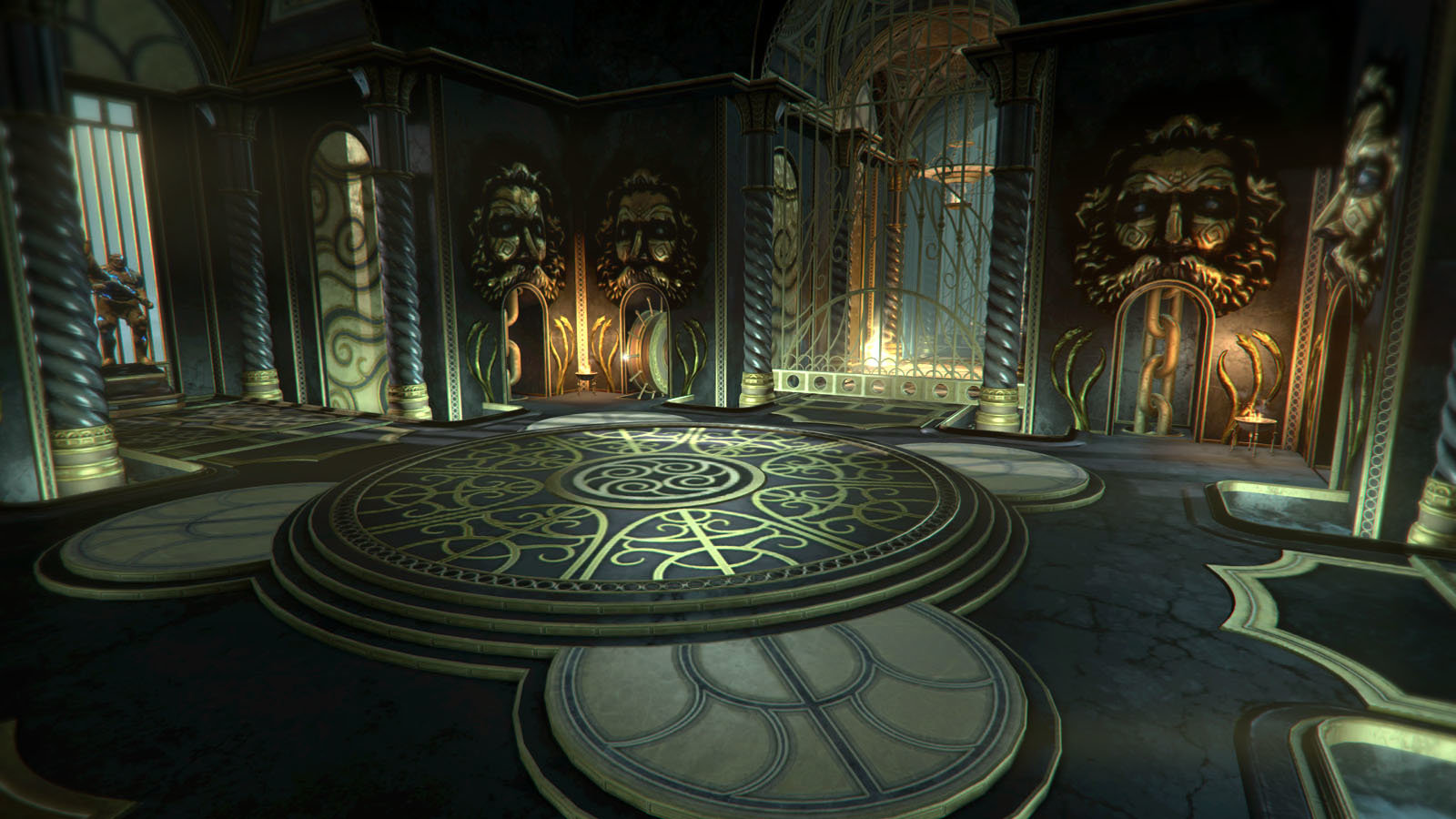
What is the greatest advice you’ve received as an artist?
Don’t be a jerk. Seriously! I am totally not perfect of course, and I have lots of personality flaws. But I have learned that if you treat people poorly it doesn’t matter how good of an artist or leader you are, people won’t want to work with you. So I try to be friendly and fair with everyone that I deal with.
What’s one thing those who follow your ArtStation Masterclass can expect to learn?
I want to get across some practical workflows when using Substance Designer and Zbrush together, especially for decorative assets. I see Substance Designer as a sculpting tool first. So combining it with Zbrush is a match made in heaven, and can actually save you a ton of time! I teach the Environment for Games Class at the Gnomon School of Visual Effects, and one of the most common questions I get from students is how to use Substance Designer for intricate patterns and precise shapes. I have a workflow that I think can make any shape that you want quickly, without having to use tons of blends and booleans. So I hope that is what I am able to get across in the Masterclass.
Follow Nate on ArtStation.
